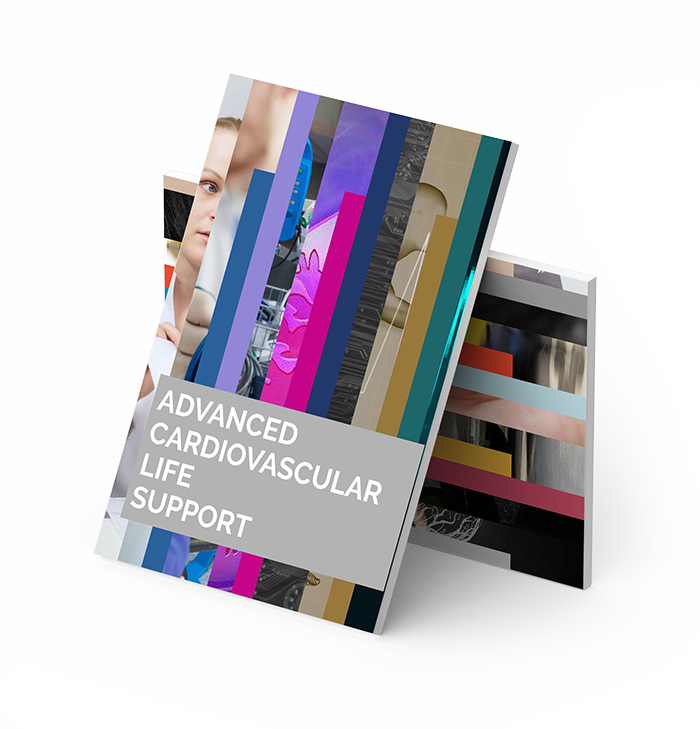http://aclsstudyguide.com
Advanced Cardiac Life Support (ACLS) is a critical component of emergency medical care that focuses on the management of patients experiencing cardiac arrest, arrhythmias, and other life-threatening cardiovascular emergencies. This subchapter delves into the essential algorithms, protocols, and interventions that form the foundation of ACLS. Understanding these advanced techniques is crucial for physicians who are often the first responders in critical situations, as timely and effective intervention can significantly improve patient outcomes.
The cornerstone of ACLS is the systematic approach to cardiac arrest, beginning with the recognition of the patient’s condition. The initial assessment involves checking for responsiveness, breathing, and pulse. If the patient is unresponsive and not breathing normally, immediate activation of the emergency response system is necessary, followed by high-quality cardiopulmonary resuscitation (CPR). The importance of high-quality chest compressions cannot be overstated; they should be performed at a rate of 100 to 120 compressions per minute and at a depth of at least two inches in adults. The use of an automated external defibrillator (AED) should be initiated as soon as available, as early defibrillation is a key factor in survival rates.
Once advanced care is initiated, the ACLS algorithms guide the physician in managing specific cardiac rhythms. The algorithms for managing ventricular fibrillation (VF) and pulseless ventricular tachycardia (VT) emphasize the importance of immediate defibrillation. If defibrillation is unsuccessful, advanced airway management and the administration of medications such as epinephrine and amiodarone are indicated. For asystole and pulseless electrical activity (PEA), the focus shifts to high-quality CPR and the identification of reversible causes, often summarized by the "H's and T's," which include hypovolemia, hypoxia, hydrogen ion acidosis, hyperkalemia, hypothermia, tension pneumothorax, cardiac tamponade, toxins, and thrombosis.
In addition to managing cardiac arrest, ACLS protocols also cover the treatment of acute coronary syndromes and stroke. Physicians must be adept at recognizing the signs and symptoms of these conditions to initiate appropriate interventions promptly. For acute coronary syndrome, the administration of aspirin, nitroglycerin, and morphine, along with rapid transport to a facility capable of percutaneous coronary intervention (PCI), is critical. In the case of stroke, the use of the FAST (Face, Arms, Speech, Time) assessment tool here helps in the quick identification of stroke symptoms, allowing for the timely application of thrombolytic therapy when indicated.
Ongoing education and training in ACLS are vital for physicians to remain proficient in these life-saving techniques. Regular participation in ACLS courses, simulation training, and hands-on practice of the algorithms can enhance confidence and competence in emergency situations. Moreover, keeping abreast of the latest guidelines published by organizations such as the American Heart Association ensures that physicians are prepared to implement the most current practices in their management of cardiac emergencies. By mastering advanced cardiac life support, healthcare professionals can significantly impact survival rates and improve the quality of care for patients in critical conditions.

Comments on “advanced cardiac life support”